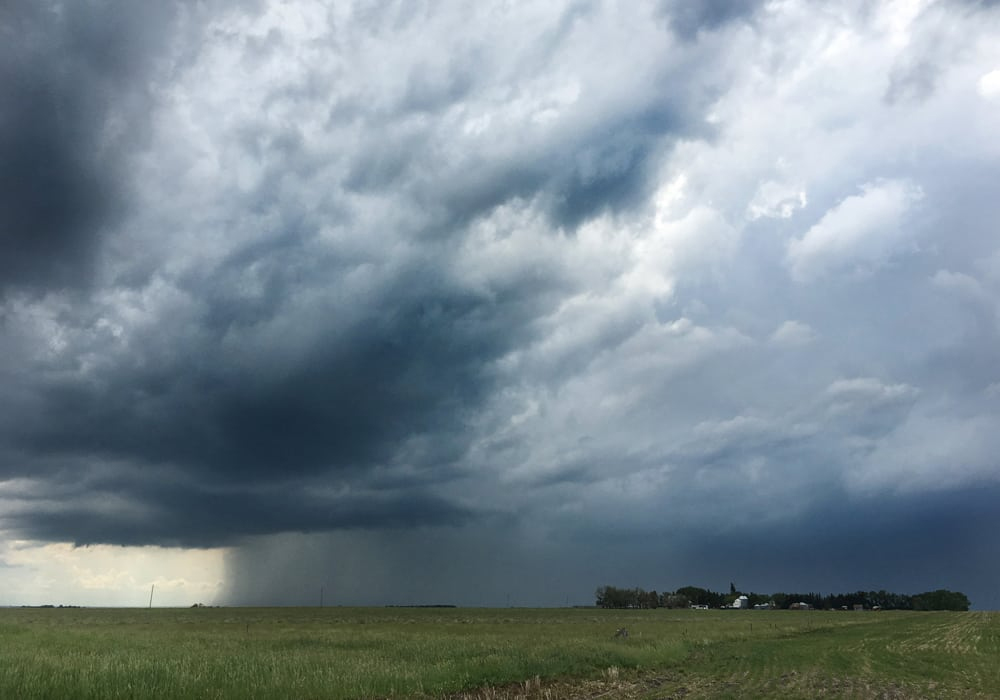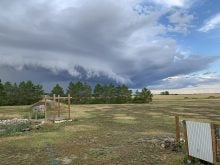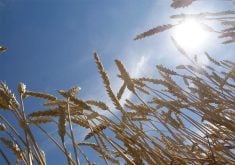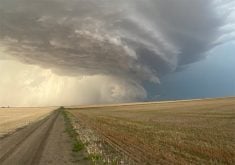This week, let’s look at some rainfall records across southern and central Manitoba.
There are several types of rainfall or precipitation records. Yearly precipitation includes both rainfall and snowfall, or you can look at monthly rainfall totals, daily totals or storm totals.
The table here shows some of the single-day rainfall records I have found. I only looked at stations that had more than 50 years of rainfall data and included stations that recorded more than 100 millimetres of rain in one calendar day. This was compiled in 2015 and I tried to go through the last eight years of data to see if any new records had been set, but didn’t find any.
Rainfall events are much tougher to pull from data sets. I hope that over the winter I will gain access to a new data set so I can dig deeper into different weather events like this.
Extreme or heavy rainfall can happen from any one of several conditions, but often it is a combination of conditions that leads to record-breaking rainfalls.
If you look at the one-day rainfall records, you will notice they all occur in June, July or August, which happens to be thunderstorm season. Thunderstorms that bring extreme rainfall are usually produced when there is plenty of moisture, atmospheric instability, some form of front providing lift, and slow speeds or training of storms.
The two conditions almost always present for extreme rainfall are plenty of moisture and slow movement of systems. With current changes in our atmosphere due to a warming planet, these two conditions look to become more prevalent.
A warmer atmosphere and ocean are leading to an increase in available atmospheric moisture. This doesn’t mean we won’t have dry conditions. Sure, a warmer atmosphere can hold more moisture, but if the atmosphere is dry, it will pull more moisture from a region through evapotranspiration, resulting in even drier conditions.
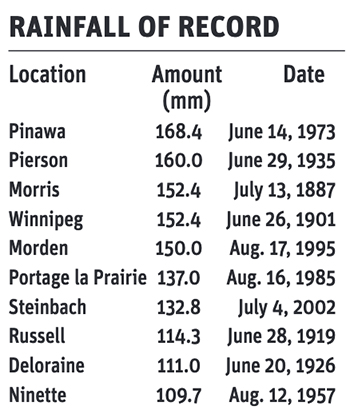
Overall, it looks like the atmosphere can and will hold more moisture, and that moisture will be available to produce more rainfall. There is also emerging evidence that a warming planet is leading to a slowing of weather systems and the development of more blocking patterns.
Such patterns can bring long periods of warm, dry weather, but they can also bring long periods of cool, wet weather. It depends where you are in relationship to the block.
Why the slowdown? To put it into simple terms, as the planet warms, the poles warm significantly faster than the equatorial regions. This lessens or weakens the temperature gradient between these two regions.
This temperature gradient is the driving force behind most atmospheric circulations, such as the jet stream. As they weaken, systems will move slower and the pattern becomes more meandering. Think of a river: if it is flowing down a steep hill, it tends to stay relatively straight, but when it flows slowly across a flat region, such as the Prairies, it meanders back and forth.
The same thing happens with the flow of the atmosphere.
Daniel Bezte is a teacher by profession with a BA in geography, specializing in climatology, from the University of Winnipeg. He operates a computerized weather station near Birds Hill Park, Man. Contact him at dmgbezte@gmail.com.


